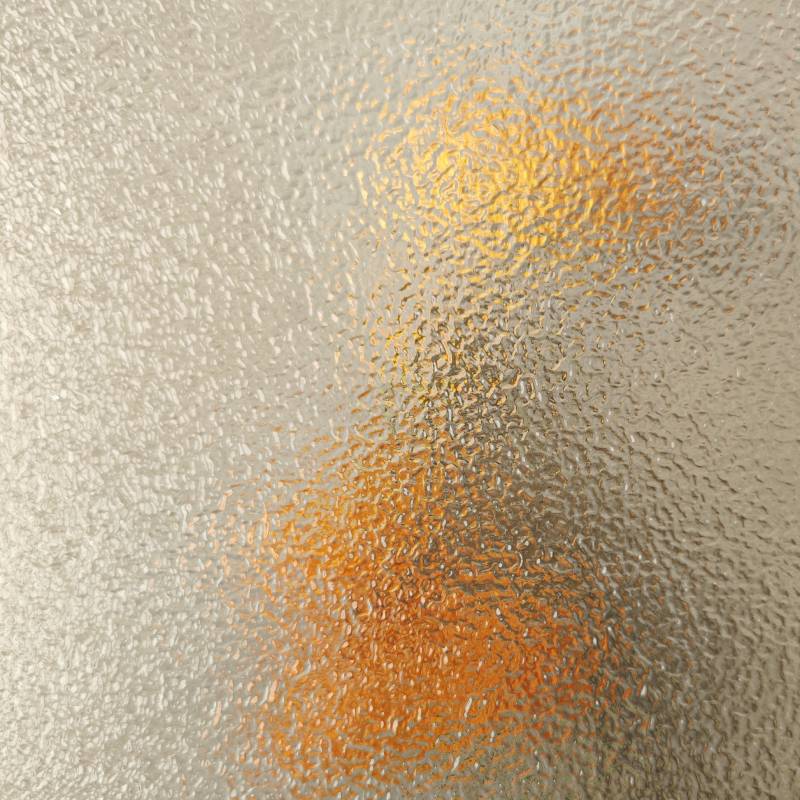

The Aesthetic and Functional Appeal of Dark Reflective Glass
In the modern world of architecture and design, materials play a crucial role in shaping our surroundings. Among these, dark reflective glass has emerged as a significant choice, marrying aesthetic appeal with functional benefits. This unique material not only transforms the visual landscape of buildings but also offers several advantages that make it an ideal option for various applications.
Dark reflective glass is typically characterized by its deep tones and glossy finish, which create an elegant and sophisticated look. This quality enhances the exterior of buildings, providing a sleek, contemporary appearance that can elevate any architectural style. Whether used in skyscrapers, office buildings, or residential homes, this type of glass captures and reflects its surroundings, creating a mesmerizing effect that changes throughout the day. By utilizing dark reflective glass, designers can create a dynamic visual experience that interacts playfully with natural light, giving buildings a life of their own.
Beyond its aesthetic virtues, dark reflective glass offers practical benefits that can significantly impact energy efficiency. The reflective surface helps to reduce heat absorption, making buildings cooler in the intense sun. This can lead to decreased reliance on air conditioning systems, resulting in lower energy consumption and cost savings for occupants. Moreover, the glass can minimize glare, creating more comfortable environments for those inside while also enhancing the view of the outside without compromising on privacy.

Another crucial aspect of dark reflective glass is its durability. Unlike traditional glass, this material is often tempered to withstand extreme weather conditions. It is less prone to breakage, making it a safer option for high-rise buildings and structures in storm-prone areas. Furthermore, the reflective coating can resist scratches and maintain its appearance over time, ensuring that buildings continue to look their best with minimal maintenance.
However, it is essential to strike a balance when using dark reflective glass in design. While it offers numerous benefits, overuse can lead to issues such as heat island effect, where urban areas become significantly warmer than their rural surroundings. Thoughtful consideration of placement, orientation, and integration with other materials can mitigate this concern, allowing for sustainable design that respects the environmental impact.
In conclusion, dark reflective glass stands out as a versatile and advantageous material in contemporary architecture. Combining beauty with functionality, it enhances the visual appeal of buildings while contributing to energy efficiency and durability. As architects and designers continue to innovate, dark reflective glass will undoubtedly remain a prominent choice, shaping the skylines and interiors of the future.